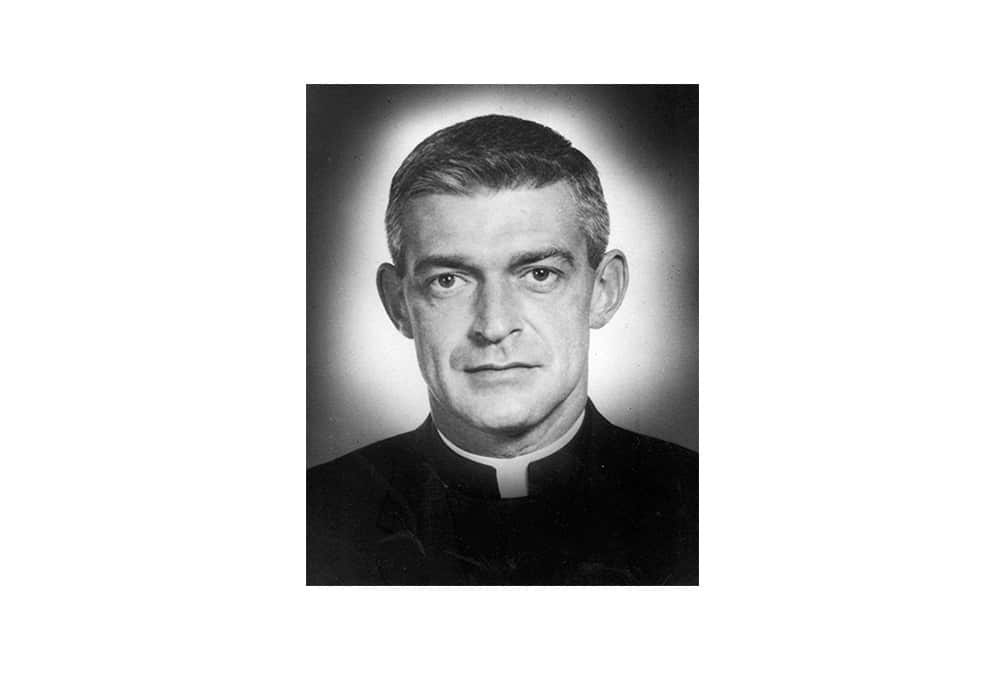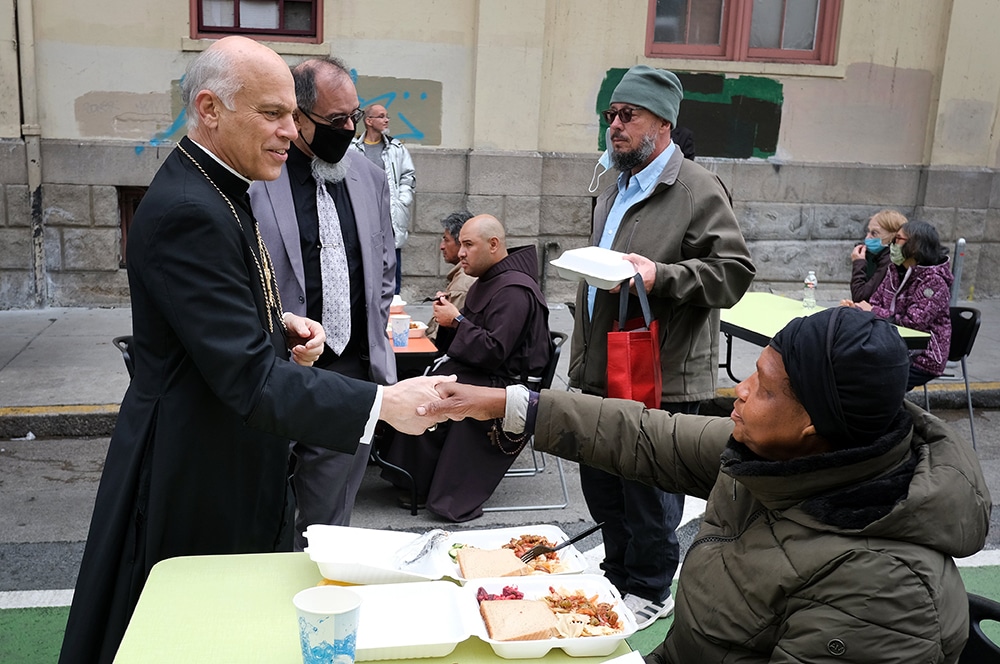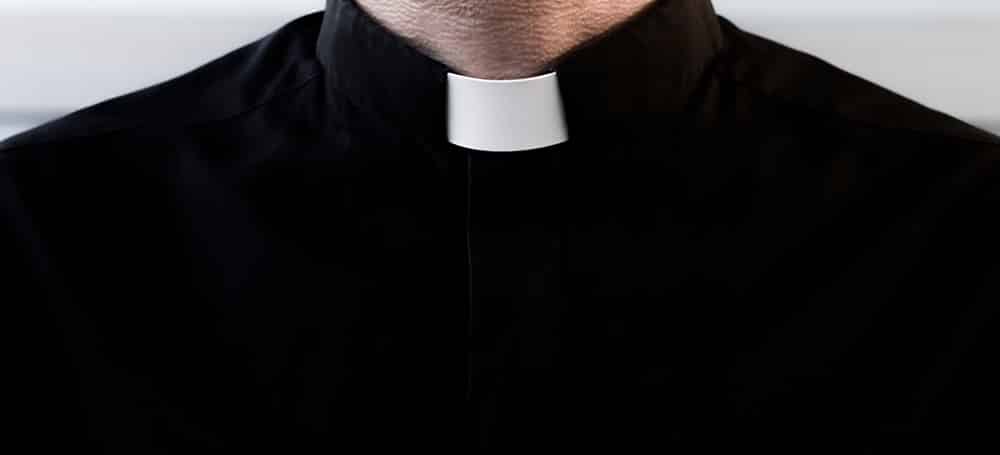OMAHA, Neb. (CNS) — Nebraska’s three Catholic bishops in a joint statement Nov. 4 acknowledged “with sadness that so many innocent minors and young adults were harmed by Catholic clergy and other representatives of the church.”
“It is clear that the hurt is still felt, even if the abuse was perpetrated many years ago,” they said. “We apologize to the victims and their families for the pain, betrayal and suffering that never should have been experienced in the church.”
Archbishop George J. Lucas of Omaha, Bishop James D. Conley of Lincoln and Bishop Joseph G. Hanefeldt of Grand Island issued the statement in response to Nebraska Attorney General Doug Peterson’s release the same day of his report on the findings of his three-year investigation into sexual abuse and sexual misconduct by priests, deacons and laity ministering in Nebraska over many decades.
“This report also points out mistakes made in the way dioceses received, reported and responded to allegations of sexual abuse in the past,” the prelates said. “We have been committed in recent years to comprehensive measures to protect young people and vulnerable adults, preventing abuse, offering healing for past victims of abuse and fully cooperating with civil authorities in these matters.”
They added that in their respective dioceses, “we have made our own public disclosures of offending clergy.”
“One of the primary guiding principles of the Nebraska Department of Justice is to protect the most vulnerable in society,” Peterson said in the introduction to the report. “It is that principal which prompted our office to do this investigation.
“The ability of law enforcement and the justice system to protect children from sexual and physical abuse is one of the most essential duties we have as the state.”
In the report and in a news conference, he called it extremely frustrating that his office is “unable to prosecute the offenders because of the perpetrator’s death, or as a result of the barrier created by the statute of limitations.”
Only one of the 258 cases identified in the report could be criminally prosecuted and the victim in the one case “decided they could not participate in the prosecution,” Peterson told reporters.
On Aug. 29 and 30, 2018, the Nebraska Department of Justice issued letters to the bishops of all three Nebraska dioceses requesting they provide to law enforcement “all the investigative files in their possession relating to child sexual abuse dating back to Jan. 1, 1978. … All three dioceses submitted material responsive to the letters.”
The Justice Department, the report said, asked for files “relating to any claims of improper sexual conduct or sexual exploitation perpetrated by any person given authority by the dioceses to carry out church functions. Incidents of child pornography or sexual communication with a minor were also included in the scope of our request.”
The 182-page report broke down the number of victims by decade: 1930s, one; 1940s, one; 1950s, six; 1960s, 28; 1970s, 70; 1980s, 43; 1990s, 66; 2000s, 24; and 2010s, 10. In addition, there were nine other victims of abuse but no date was specified for this abuse; for three of these nine, the abuse occurred in 1980s or 1990s.
Of those numbers, 158 victims were in the Omaha Archdiocese, with most of the cases occurring in the 1970s with several in the 1960s and 1980s. Ninety-seven were in the Lincoln Diocese, with most taking place in the 1990s and many in the 1970s and 1980s; and three cases were in the Grand Island Diocese, all of which took place in the 2000s.
The investigation found credible allegations of sexual abuse and/or misconduct against 57 church officials: 51 priests, four deacons and two teachers. The ages of the abuse victims ranged from under 10 to early 20s; 236 victims were male, primarily boys; and 22 were female.
“The most troubling finding from this report is the fact that on numerous occasions, when there was an opportunity to bring justice to the victims, those in authority chose to place the reputation of the church above the protection of the children who placed their spiritual care in the hands of those in church authority,” Peterson said in his introduction to the report.
“The depth of physical and psychological harm caused by the perpetrators, and the decades of failure by the church to safeguard so many child victims, is unfathomable,” he said. “We can only hope that the victims have been able to find some sense of healing from a source higher than our justice system.”
Peterson’s office examined the files of over 200 clergy members and diocesan employees, as well as supplemental material it subpoenaed and other reports; all together his office examined nearly 30,000 pages “of relevant material.”
Peterson’s report noted that vast majority of the sexual abuse cases happened prior to the implementation of the U.S. bishops’ “Charter for the Protection of Children and Young People,” first approved in 2002 and updated since then.
The charter is a comprehensive set of procedures originally established by the U.S. Conference of Catholic Bishops in June 2002 for addressing allegations of sexual abuse of minors by Catholic clergy.
It outlines several requirements for all dioceses and eparchies including making all adults who work with children, including volunteers, go through safe environment training and undergo a background check; establish an office for a victims advocate and provide healing and reconciliation to victim-survivors; make a prompt and effective response to allegations; and cooperate with civil authorities when an abuse allegation is made against clergy or other church workers.
Changes mandated by the charter “have resulted in a marked improvement of the dioceses’ responses to allegations of sexual abuse,” the report said, noting that the files from the dioceses contained “accounts of admirable support provided to victims of sexual abuse by the dioceses’ victim’s assistance coordinators.”
“Though there have been improvements, there is still a need for vigilance and accountability,” the report said. “Within the past 10 years, there were accounts of significant grooming activity and questionable behavior by priests.
“Moreover, there are hundreds of victims who will never see their abusers brought to justice.”
In their statement Archbishop Lucas and Bishops Conley and Hanefeldt urged “anyone who believes that a member of the clergy, church worker, or church volunteer has engaged in inappropriate conduct with a minor should contact law enforcement and the victim assistance coordinator of the diocese where the conduct occurred.”
“Please join us in praying for healing for victims of abuse, for their families and all in our communities who are touched by the evil of sexual abuse,” they said.







